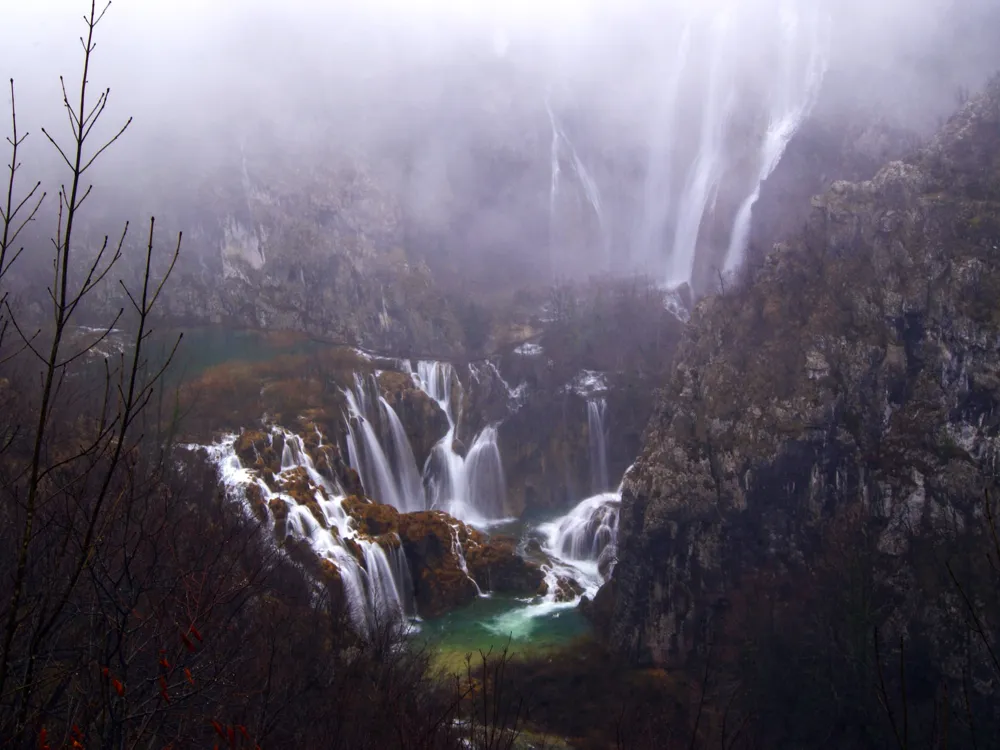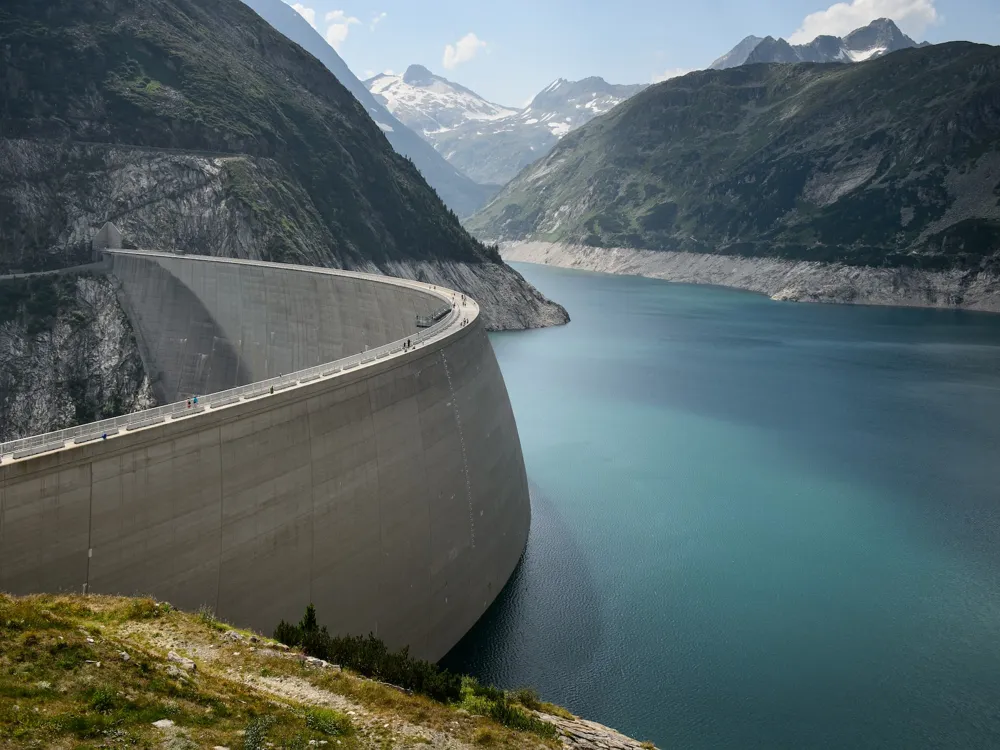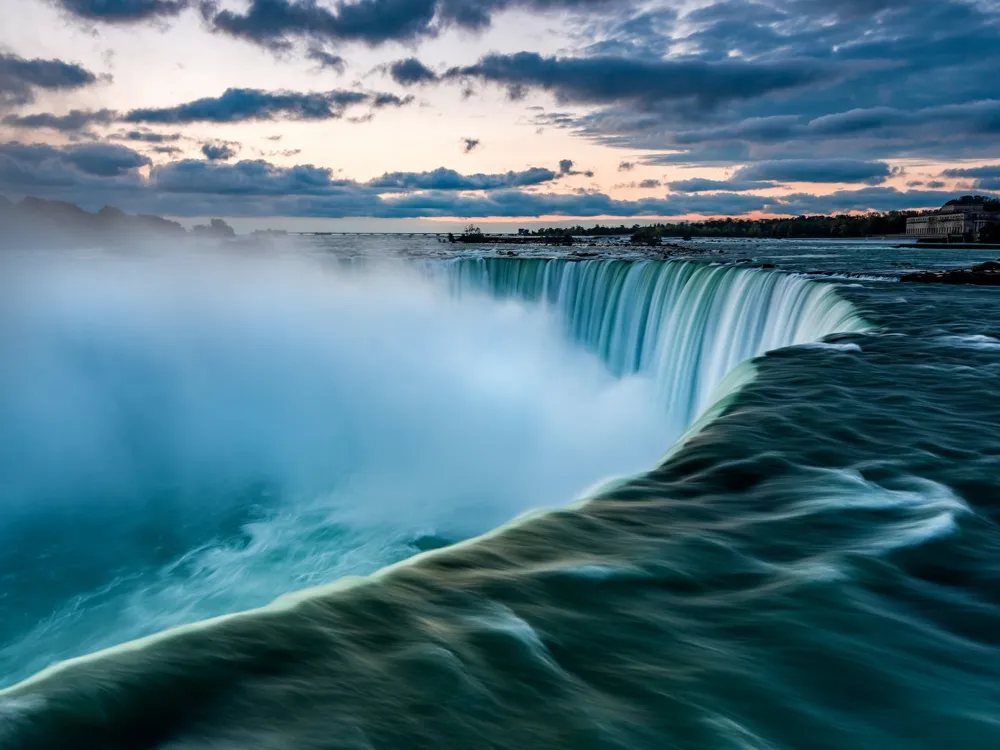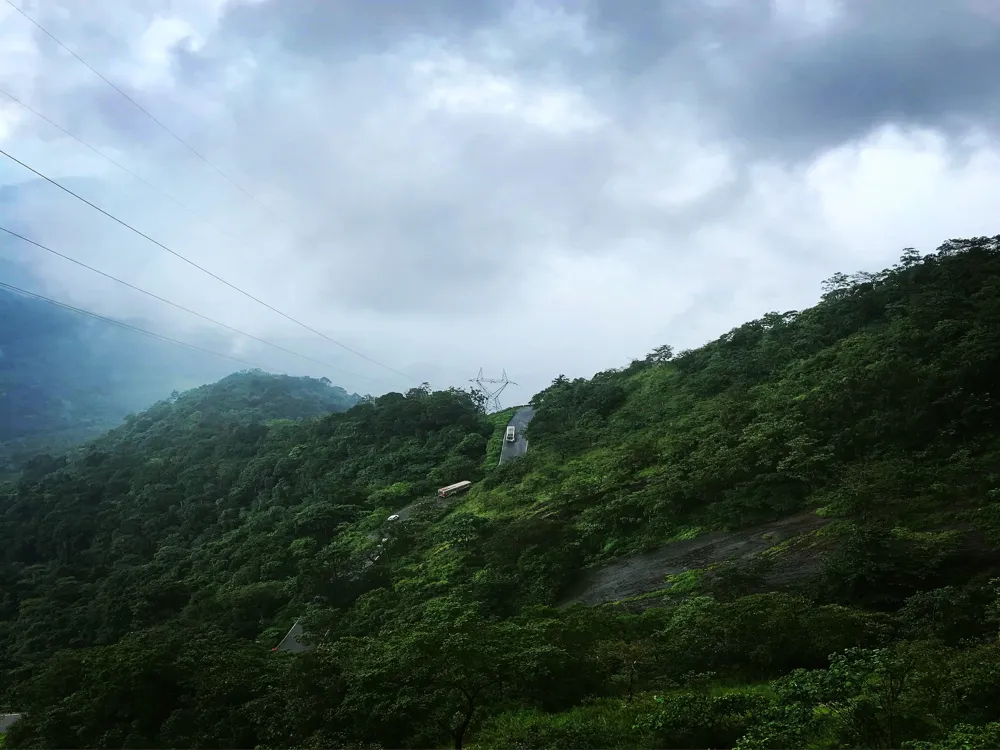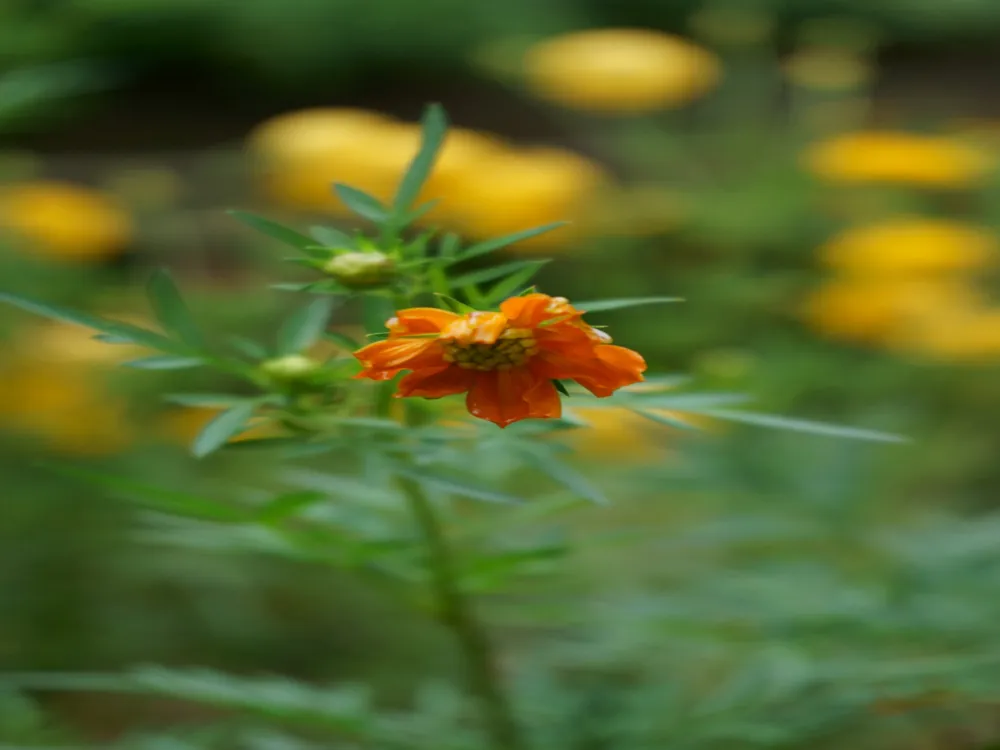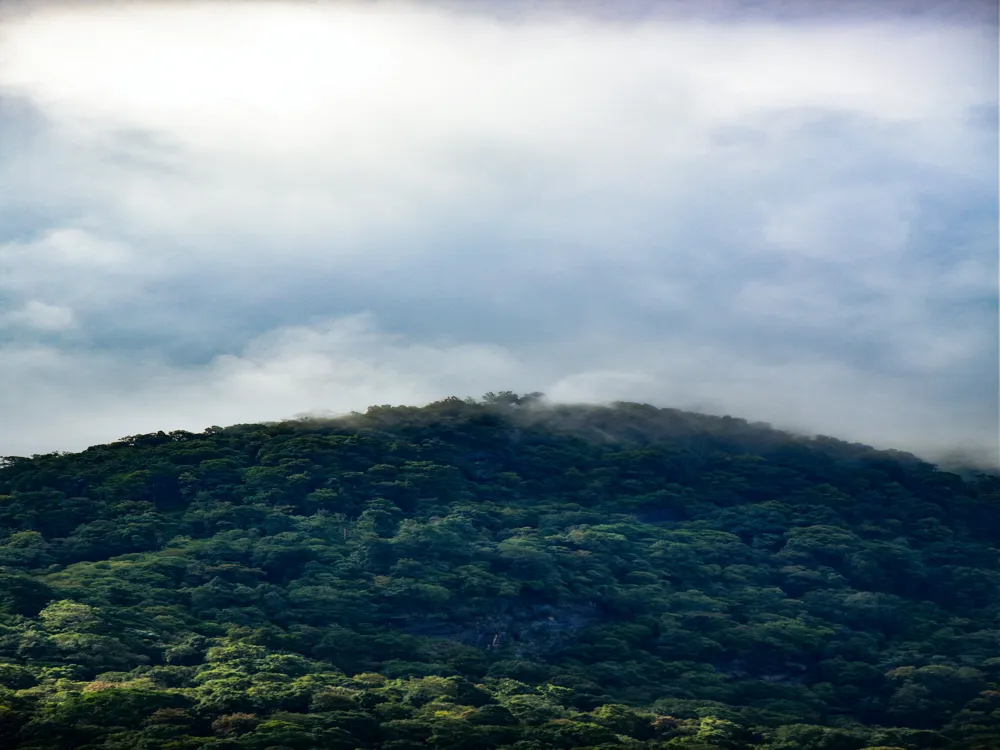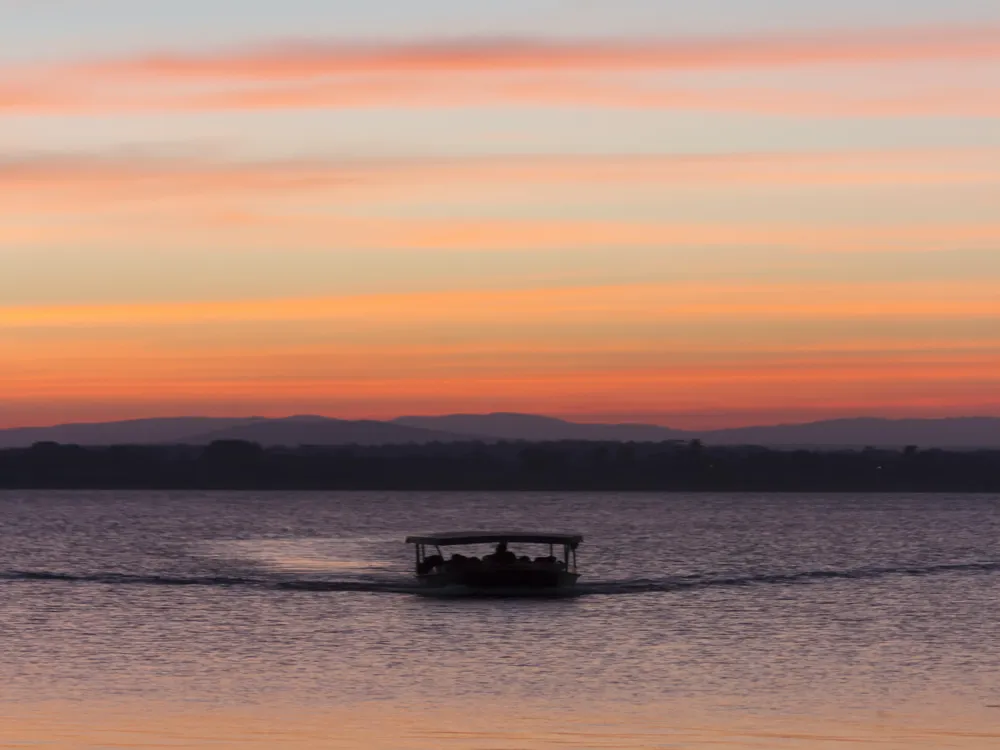Nestled in the heart of the verdant Western Ghats in Kerala, the Karapuzha Dam is not just an engineering marvel but a serene getaway. Situated near Kalpetta in the Wayanad district, this dam plays a pivotal role in the lives of the local communities and the ecology of the region. Built on the Karapuzha River, a tributary of the Kabini River, the dam's primary purpose is to support the irrigation and water supply needs of the surrounding areas. However, over the years, it has also emerged as a popular tourist spot, attracting visitors with its picturesque landscapes and tranquil environment. The idea of constructing the Karapuzha Dam was conceived to address the water scarcity in the Wayanad region, predominantly in the agricultural sector. The region, known for its paddy fields, spice plantations, and diverse flora and fauna, required a sustainable water resource to boost its agrarian economy. The dam's construction began in the late 1970s, and it was completed in the early 2000s, marking a significant milestone in the state's infrastructural development. Since its inception, the dam has played a crucial role in stabilizing the water table and providing a consistent water supply for irrigation. The Karapuzha Dam is not only functional but also aesthetically pleasing, blending seamlessly with the natural beauty of Wayanad. The reservoir formed by the dam is a haven for various aquatic species and supports a rich biodiversity. It is surrounded by lush green hills and forests, home to a wide array of wildlife, including exotic birds and animals. The scenic beauty of the dam and its surroundings make it a perfect spot for nature lovers, photographers, and anyone looking to escape the hustle and bustle of city life. Apart from its ecological significance, the dam also contributes to the local tourism industry. It offers a range of recreational activities such as boating, nature walks, and bird watching. The monsoon season, in particular, transforms the landscape into a mesmerizing spectacle, with the reservoir brimming with water and the surrounding greenery in full bloom. The dam area is well-equipped with basic amenities, including parking spaces, eateries, and resting areas, making it a convenient destination for a day trip or a short stay. The Karapuzha Dam, with its multifaceted role, stands as a testament to human ingenuity and nature's bounty. It symbolizes the harmonious coexistence of man-made structures and natural ecosystems, offering a unique experience to its visitors. Whether you're an avid nature enthusiast, a photography aficionado, or just someone seeking a peaceful retreat, the Karapuzha Dam is a destination that promises to enchant and inspire. The architectural design of Karapuzha Dam is a fine example of engineering prowess blended with environmental consideration. This earth dam, one of the largest of its kind in Kerala, showcases a mastery of design that ensures both functionality and ecological balance. The dam spans a considerable length and height, constructed primarily using locally sourced materials, which not only contributes to the strength of the structure but also complements the natural landscape. The core of the dam features a unique clay and sand mixture, known for its impermeability and stability, essential for holding large volumes of water. This central section is flanked by rock-filled wings, providing additional support and reducing the pressure exerted by the water on the dam. The spillway, a critical component of the dam, is engineered to efficiently manage water overflow, especially during the monsoon season, thus preventing potential flood situations in downstream areas. The construction process of the Karapuzha Dam was a meticulous undertaking, involving extensive geological surveys and environmental impact assessments. The engineers and architects paid special attention to preserving the natural topography and minimizing the ecological footprint of the construction. Measures were taken to ensure the protection of the local wildlife and their habitats, and efforts were made to replant and restore any vegetation affected during the construction phase. The dam also incorporates advanced technology for water management and irrigation control. The reservoir's capacity is strategically calculated to meet the region's water demands without causing undue stress on the ecosystem. Automated gates and modern irrigation systems are in place to regulate water flow, ensuring efficient and sustainable usage. The architecture of Karapuzha Dam is not just about its physical structure, but also about its role in the socio-economic development of the region. It stands as a symbol of progress, providing livelihood opportunities, boosting agriculture, and enhancing the quality of life for the local communities. Its design reflects a deep understanding of the balance between human needs and environmental preservation, making it a remarkable example of sustainable engineering. The ideal time to visit Karapuzha Dam is between October and May. During these months, the weather is pleasant, making it perfect for outdoor activities. The monsoon season, from June to September, is less ideal as heavy rains can restrict certain activities and access. There are various accommodation options ranging from budget-friendly homestays to luxury resorts near Karapuzha Dam. It's advisable to book in advance, especially during peak tourist seasons. Don't miss the opportunity to try the local cuisine of Wayanad. The area around Karapuzha Dam offers a variety of traditional Kerala dishes, with an emphasis on spicy flavors and fresh, local ingredients. Carry light clothing, comfortable footwear for walking, a camera to capture the scenic beauty, and essentials like a water bottle, sunscreen, and a hat. If visiting during the monsoon, don’t forget to bring an umbrella or raincoat. As an environmentally sensitive area, visitors are encouraged to follow eco-friendly practices. This includes avoiding plastic use, not littering, and respecting the natural habitat and wildlife around the dam. Karapuzha Dam is well-connected by road and is easily accessible from major cities in Kerala. The nearest airport is the Calicut International Airport, about 100 kilometers away. From there, one can hire a taxi or take a bus to Kalpetta. Kalpetta is the nearest town to the dam, and from there, local transportation like taxis and auto-rickshaws can be used to reach the dam. For those driving, the dam is well-signposted and can be reached via national and state highways. Read More:Overview of Karapuzha Dam, Kalpetta, Kerala
Architecture of Karapuzha Dam
Tips When Visiting Karapuzha Dam
Best Time to Visit
Accommodation Options
Local Cuisine
Travel Essentials
Eco-Friendly Practices
How To Reach Karapuzha Dam
Karapuzha Dam
Kalpetta
Kerala
NaN onwards
View kalpetta Packages
Weather :
Label : Must Visit
Tags : Dam
Timings : 9:00 AM - 6:00 PM,
Entry closes by 4:30 PM
Time Required : 1-2 hrs
Entry Fee : No entry fee
Planning a Trip? Ask Your Question
Kalpetta Travel Packages
View All Packages For Kalpetta
Top Hotel Collections for Kalpetta

Private Pool

Luxury Hotels

5-Star Hotels

Pet Friendly
Top Hotels Near Kalpetta
Other Top Ranking Places In Kalpetta
View All Places To Visit In kalpetta
View kalpetta Packages
Weather :
Label : Must Visit
Tags : Dam
Timings : 9:00 AM - 6:00 PM,
Entry closes by 4:30 PM
Time Required : 1-2 hrs
Entry Fee : No entry fee
Planning a Trip? Ask Your Question
Kalpetta Travel Packages
View All Packages For Kalpetta
Top Hotel Collections for Kalpetta

Private Pool

Luxury Hotels

5-Star Hotels

Pet Friendly








